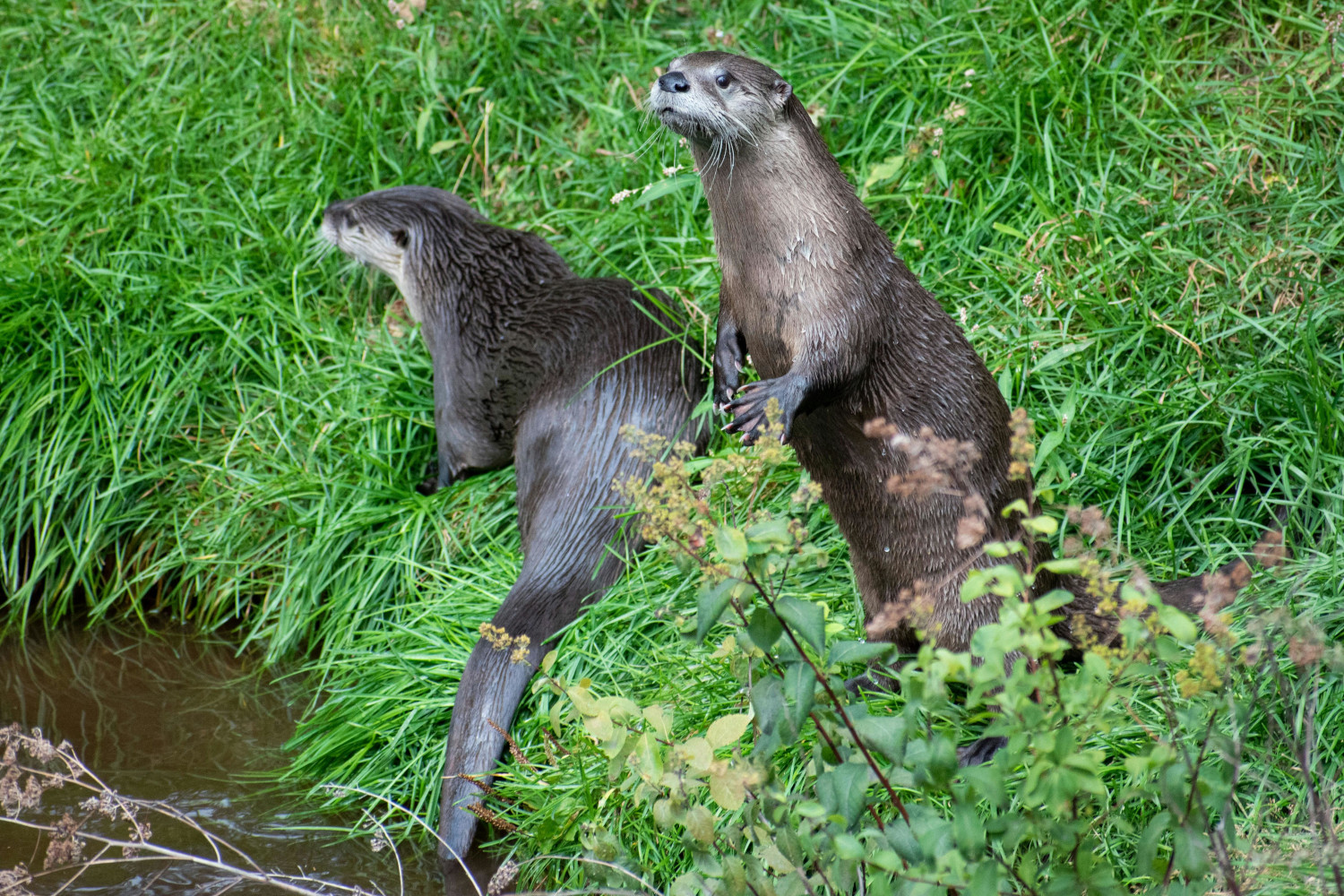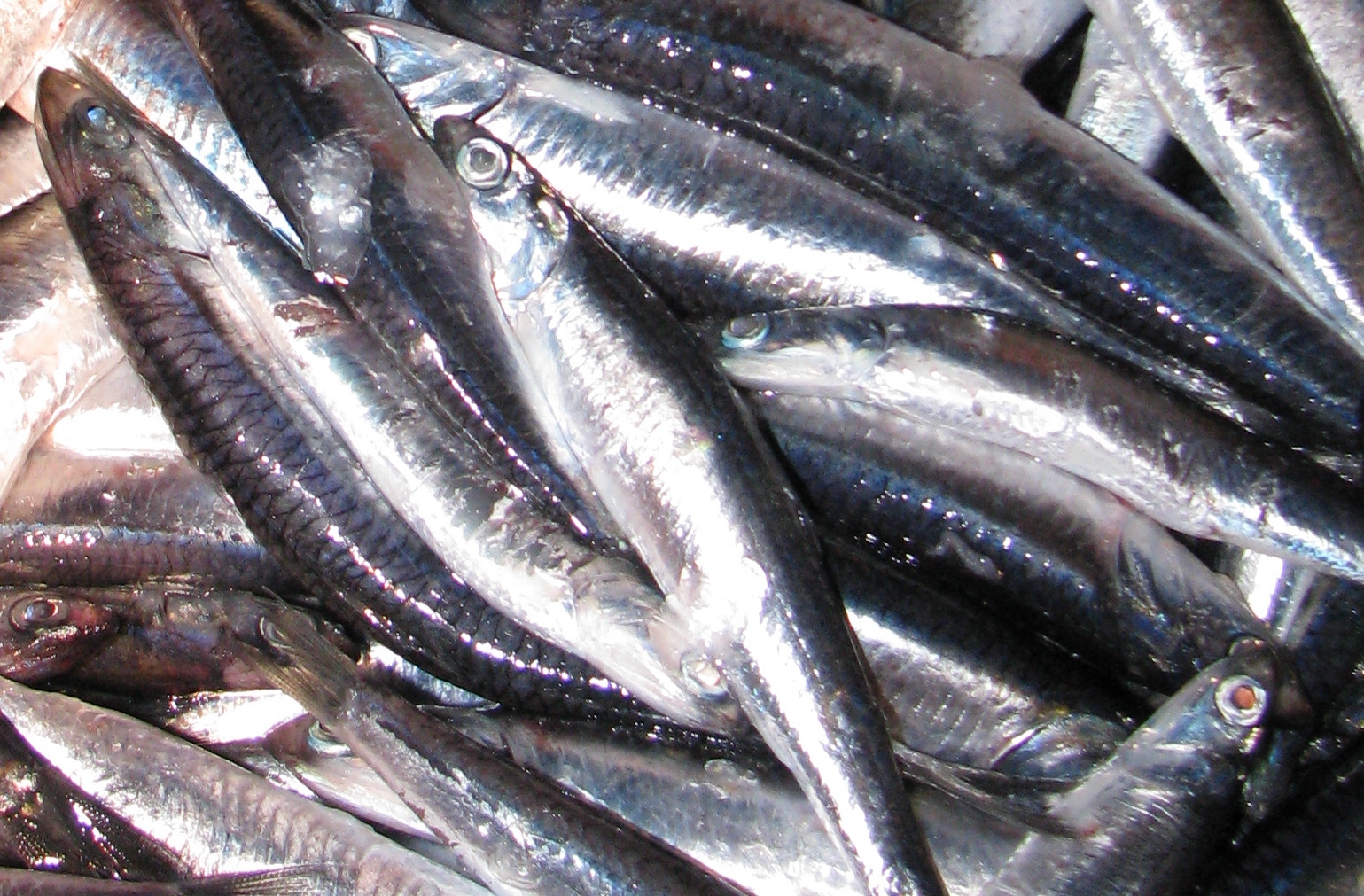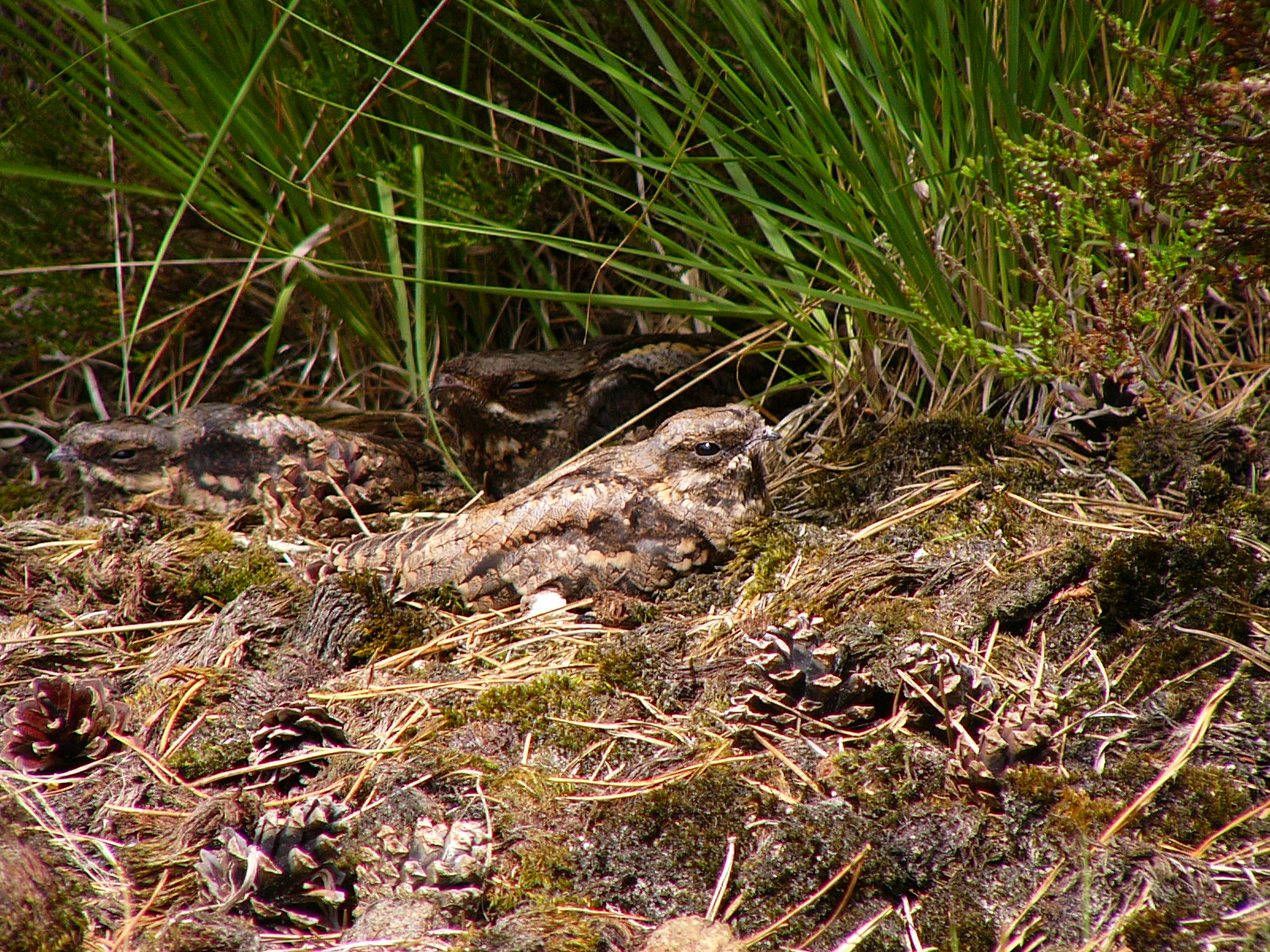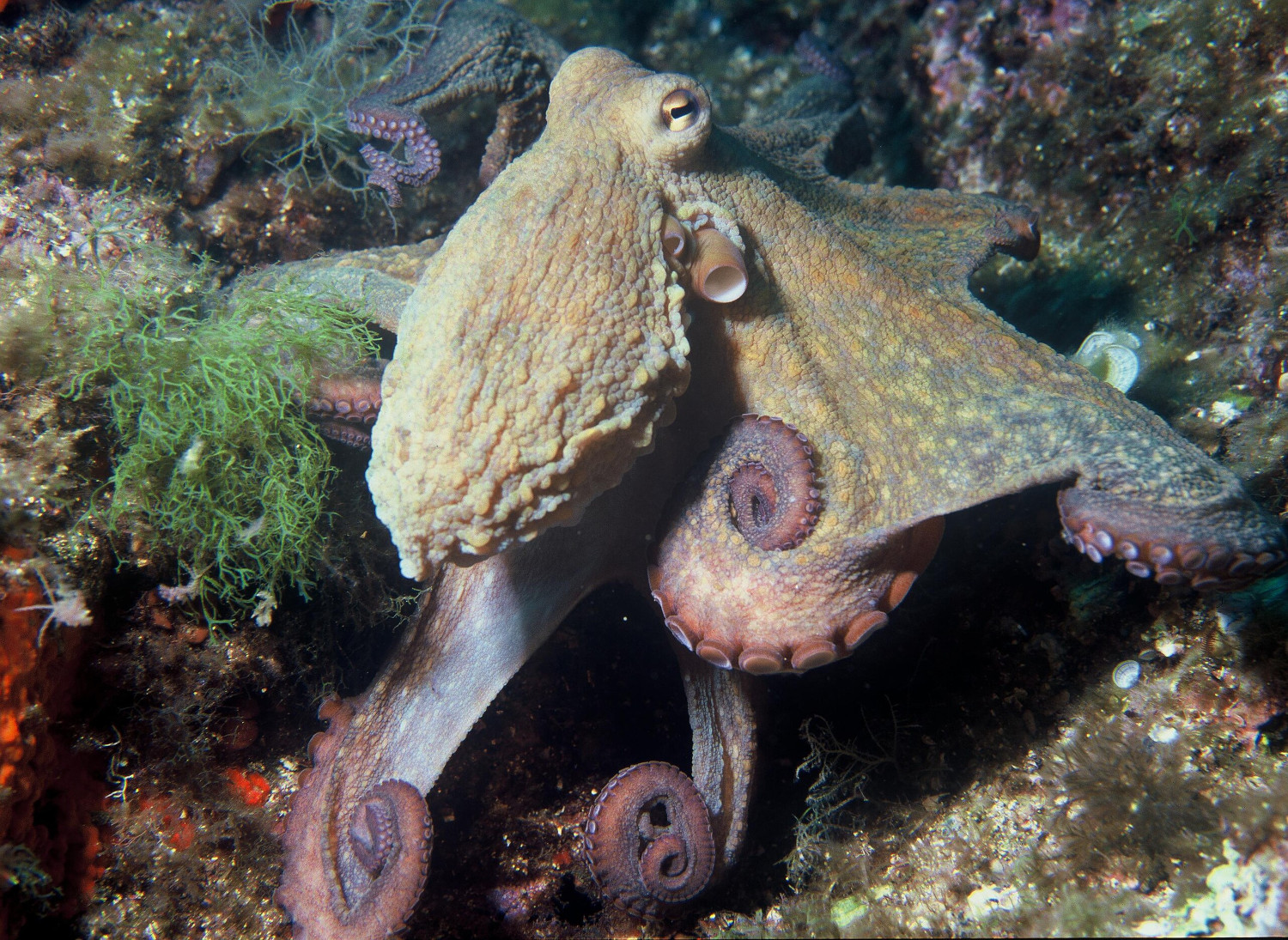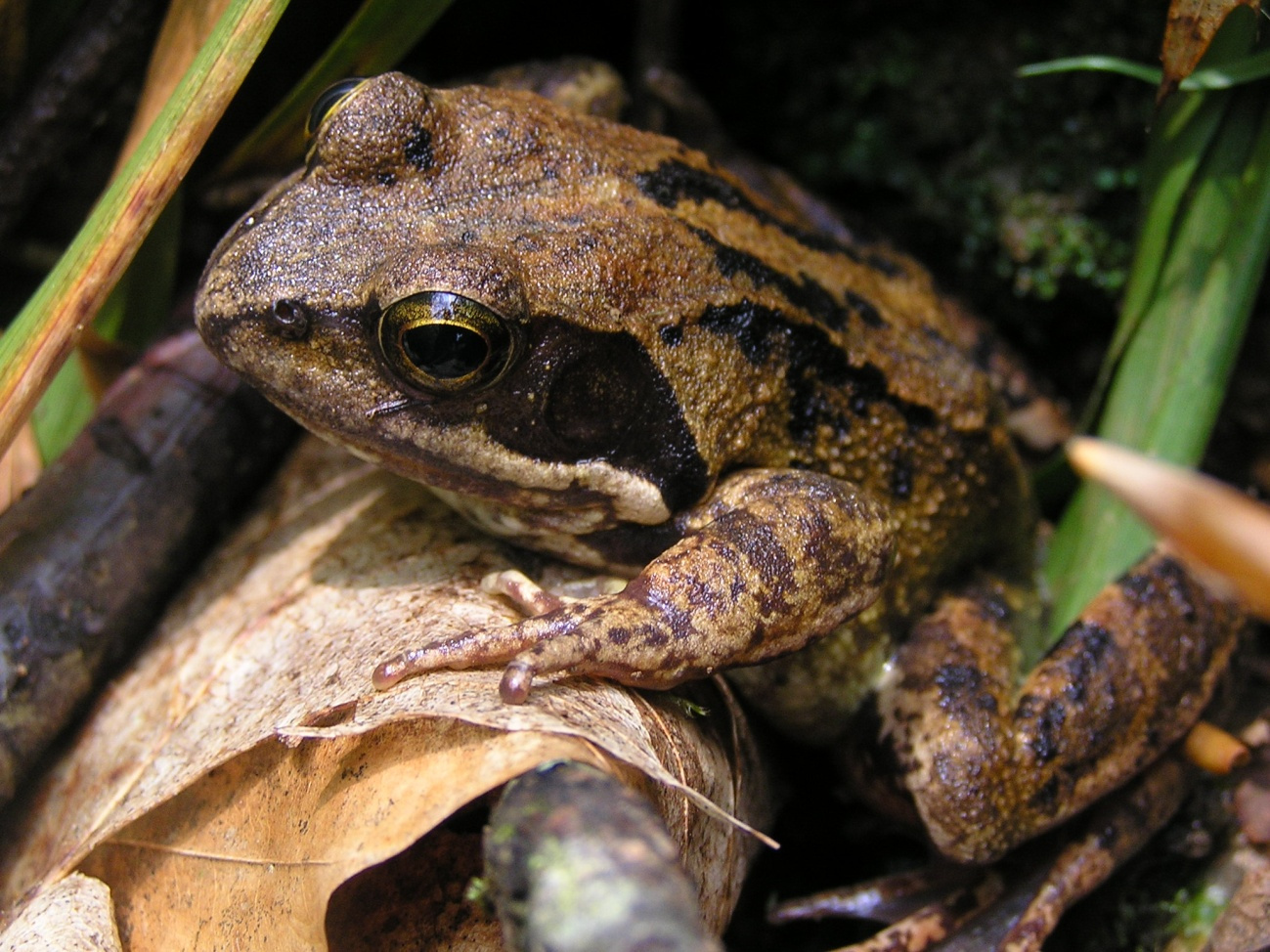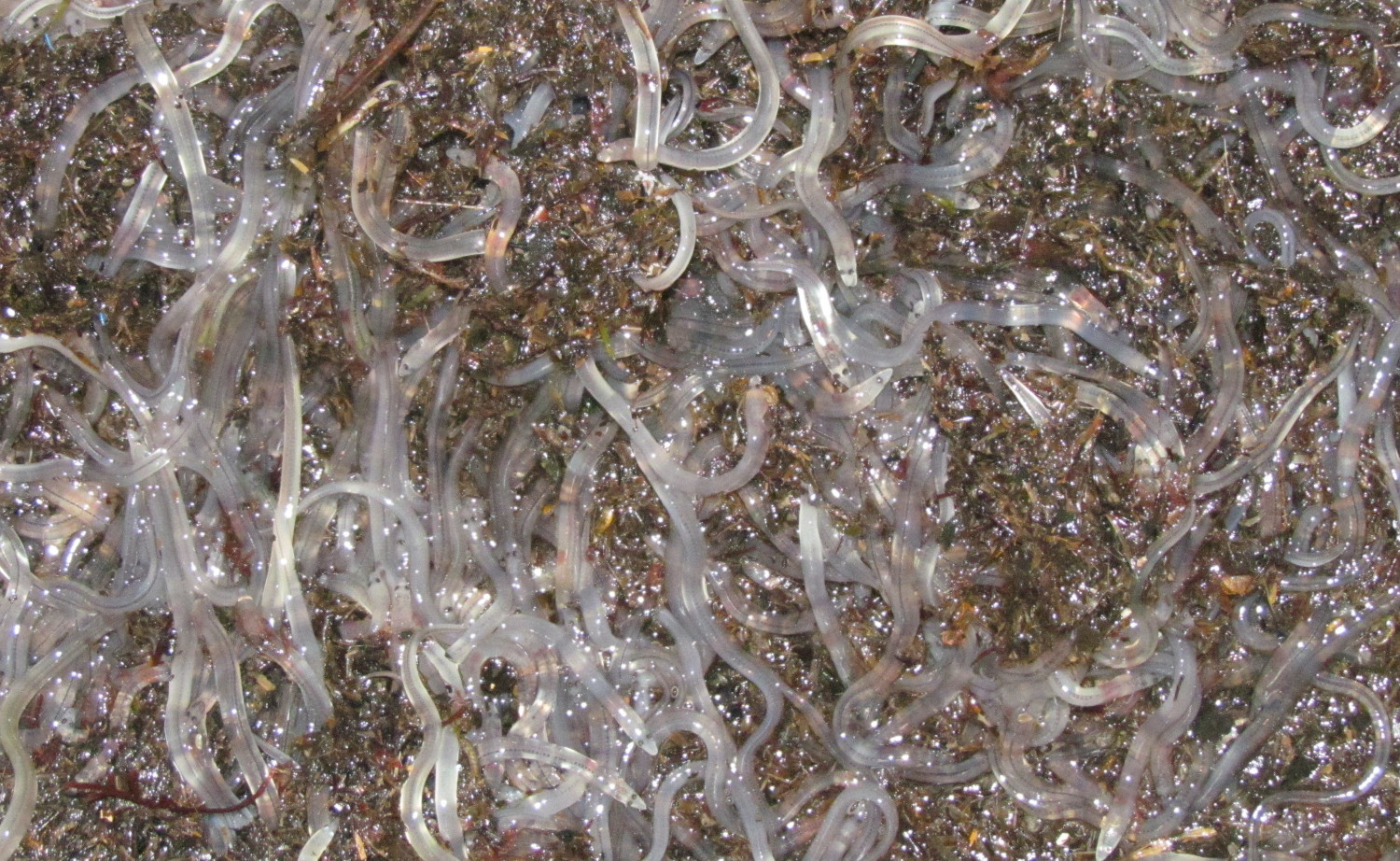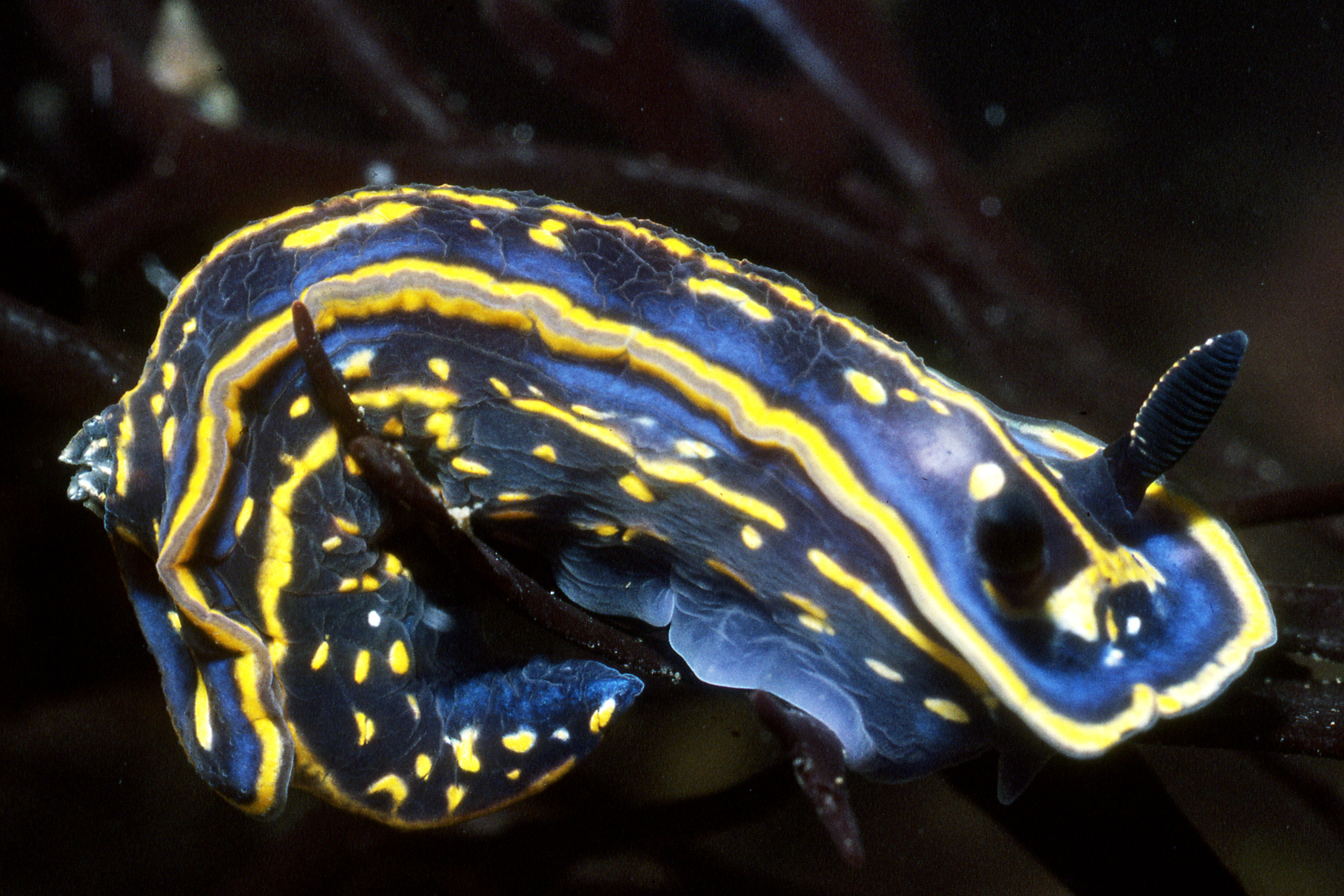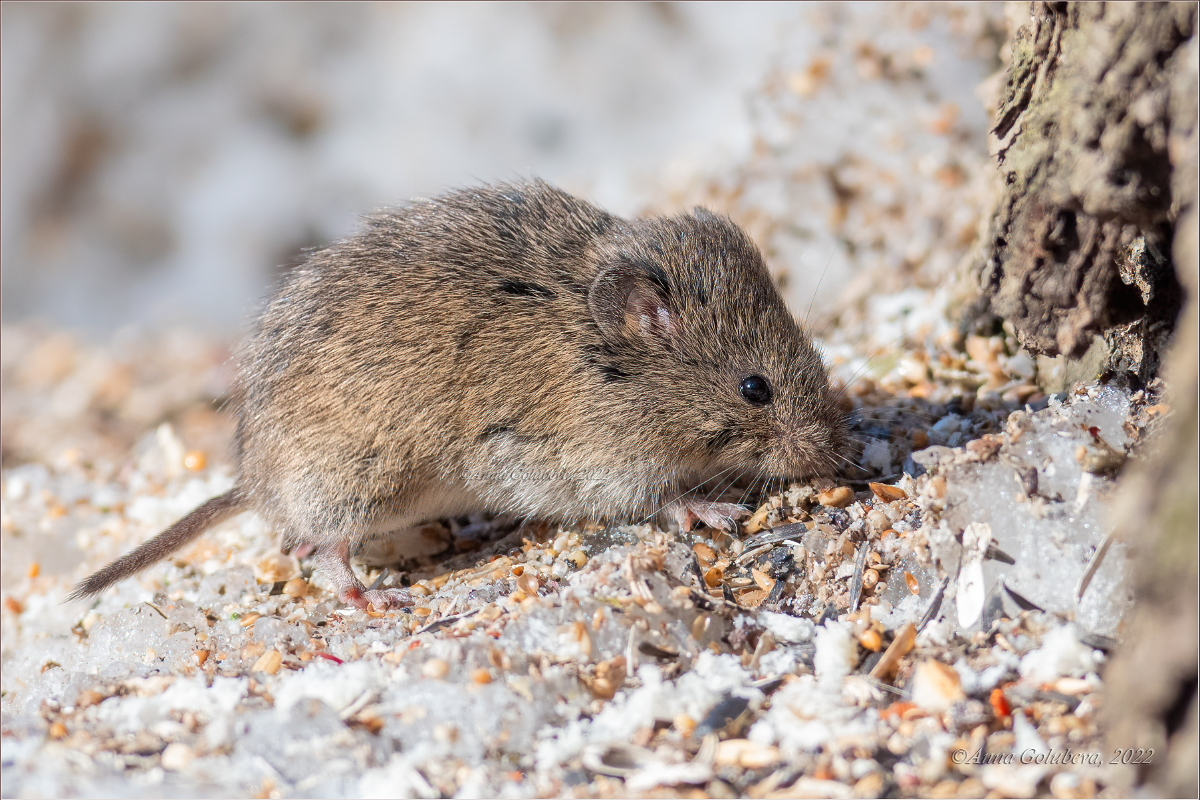The Rosary as an indicator of a progressive sexual strategy
- On the high seas there is a slender, transparent body being, as strange as it is unknown. On the contrary, we cannot say that it is exceptional, as its distribution extends to most of the world’s seas, including the Cantabrian Sea. Sometimes they can be found alone, sometimes as a necklace or rosaries, united together in long chains. The length of the isolated specimens varies by species, from a few millimeters to a few centimeters, while the attached chains can reach several meters.

Salpa fusiformis
GROUP: Filo: corded / Subfilum: tucked / Class: Thaliacea / Order: Salpidae / Family: Salpidae / Genus: Salpa.
SIZE: Solitary specimens from a few millimeters to a few centimeters (2-5 cm). Meters are chains formed by linked grains.
WHERE DO YOU LIVE? Open sea. Cosmopolitan. It is the salp with a wider distribution.
WHAT DOES IT EAT? It filters itoplankton and tiny particles.
Alone or in group, they do not have the ability to swim, but they are animals that move by contraction, pumping water through the greenish body and able to migrate in the water column. Also, on the high seas, within currents they will drift.
Salpes are the most primitive animals of marine vertebrates. In fact, we can say they are vertebrates, because they have an unfully developed “spine” (notochord) that can be distinguished thanks to their transparent body. In addition, if we look carefully at these animals, if there are prominent parts, this is a large round orange reddish cleft that makes the bran (and especially its chains) visible from a further distance in open blue sea. This sphere is a stomach sac, intestines and reproductive organs. Basically, the part of the multifunction body in charge of digestion, reproduction and circulation.
Continuing with curiosities, the reproductive process of sales is also very special, which has been key to survival success for millions of years maintaining its primitive appearance. In the first generation (asexual) salpa is a solitary being reproduced by cloning. Multiplied by the clone, it creates a long chain like a navel intestine that leaves your body and consists of tens or hundreds of identical small specimens. At one point the chain will be free and all these immature outbreaks emancipated from her mother will be females. All sisters are kept in groups until they are fertilized by a single male (sexual period). Once fertilized, each female detaches from the chain and returns to solitary character. Thus, it will form a single specimen of embryo and then develop the male gonads to fertilize future female colonies from a silver intestine of another solitary female. Here's the fluid sex of sales. In this way, rapid reproduction under favorable conditions and sexual reproduction guarantee genetic diversity, while under incorrect conditions they are cloned. It cannot be lacking with such capacity.
Keep in mind that the lifeguards play a fundamental ecological role on our planet. In fact, the phytoplankton of the oceans (microscopic algae) absorbs carbon dioxide from the surface of the sea, so the spills, which feed on phytoplankton that manage to filter water, are excellent carbon dioxide sequestrants. Transparent, curious and respectable. Because there are not as many living things in the world that have the ability to reproduce like this, and that without brains. Should we still consider them “primitive”?
Itsasoan badira landareen itxura izan arren animalia harrapari diren izaki eder batzuk: anemonak. Kantauri itsasoan hainbat anemona espezie ditugun arren, bada bat, guztien artean bereziki erraz atzemateko aukera eskaintzen diguna: itsas-tomatea.
Ugaztunei eskainitako azken artikuluaren amaierako hitzak hurrengo animalia aurkezteko aitzakia paregabea dira. Bertan esaten genuen muturluzeak erreka “garbi eta txukunak” behar dituela, kutsadurarik gabeak baina elementu natural anitzekin. Animalia txiki horren... [+]
Antxoa, bokarta edo albokartia, gure arrain komertzialen artean txikiena, euskal kostaldera hurbildu da.
Katalanen ustetan artzainak engainatzen omen ditu hegazti honek: “enganyapastors”. Espainiar eta latindarrek, aldiz, ahuntzari esnea kentzen diola diote, hortik datorkio hain zuzen ere izen zientifikoan (Caprimulgus europaeus) islatzen den caprimulgus (capra... [+]
Leihatila honetan behin baino gehiagotan azaldu ditugu Ama Naturaren engainuak bere izakiak babestearren. Batzuetan, erle edo liztor itxura zuten euliak ekarri ditugu, beste batzuetan inongo arriskurik ez duten arrisku-kolorazioko intsektuak ere bai (kolorazio aposematikoa... [+]
Nekazal eremu lehor baten erdian ageri da putzua. Txikia da tamainaz, eta ez oso sakona. Egunak dira euririk egiten ez duela, baina oasi txiki honek oraindik ere aurretik bildutako urari eusten dio. Gauak eremua irentsi du eta isiltasunaren erdian kantu bakarti bat entzun da... [+]









